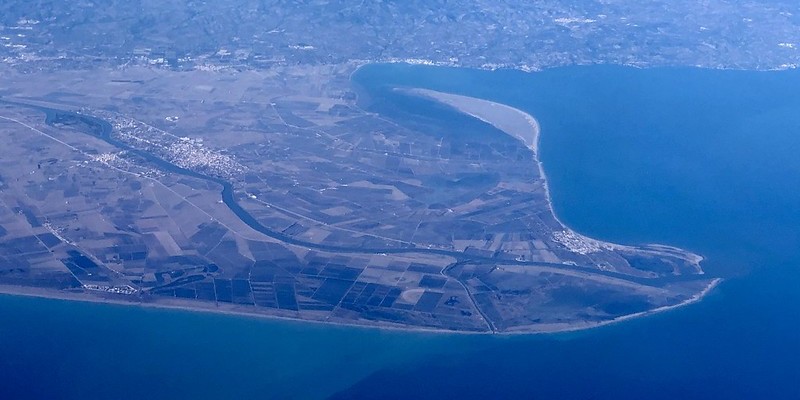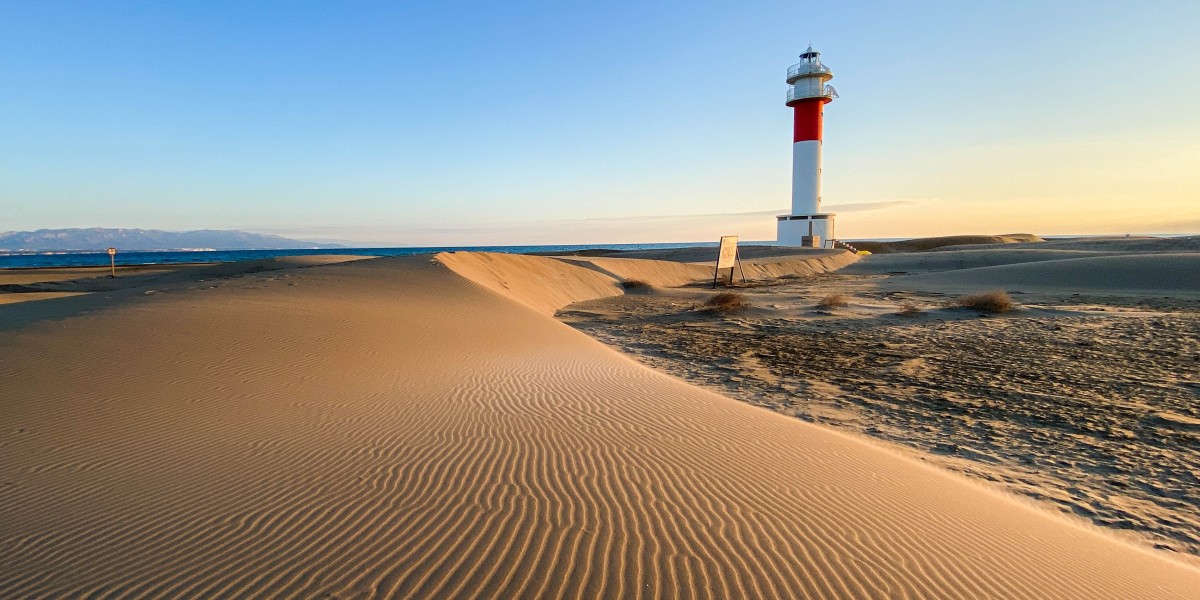
The Ebro Delta, in the south of Catalonia, is the largest wetland in the autonomous community and a unique destination known for its rich biodiversity and landscapes.
With several unique species and interesting flora and fauna, it is an unmissable destination that will help you get to know the nature of the area. Discover what to see in the Ebro Delta for an unforgettable holiday in the area.
What to see in the Ebro Delta in one day
If you have just one day to explore the Ebro Delta, planning your itinerary is key. Here are some of the most notable areas to visit.
- Boat trip: This will allow you to appreciate the park's vastness from a unique perspective and give you the chance to spot birds, including flamingos, which frequent the area.
- Trabucador Beach: A sandy isthmus stretching between the sea and the bay, this beach is a haven for photographers and those seeking peace and quiet.
- Buda Island: One of the Delta's best-kept secrets, this island – accessible by special permit – offers a tranquil escape and serves as a hub for researchers studying the Delta's ecosystems.
- Punta del Fangar: Where the lighthouse and dunes form an almost desert-like landscape, contrasting sharply with the surrounding wetlands.

The Ebro Delta in two days
With a weekend or two days to explore the Ebro Delta, you can dive deeper into its rich natural and cultural diversity. Be sure to include these destinations in your itinerary.
- Vía Verde: An ideal cycling route for admiring the delta's scenery at your own pace, passing through old railway stations and agricultural landscapes.
- Ebro Delta Natural Park Ecomuseum: Explore the delta's ecology and history through interactive exhibits.
- Mirador de la Tancada: Offers panoramic views of La Tancada lagoon, making it an ideal spot to observe aquatic birds and the Ebro Delta's rich biodiversity.
- Deltebre: A town in the heart of the Ebro Delta, renowned for its expansive rice fields, rich biodiversity, and ecotourism activities.

The Ebro Delta, also with children
Visiting the Ebro Delta with children offers a fantastic chance to teach them about environmental conservation through engaging and educational activities.
Kick off your family adventure at MónNatura Delta, a centre featuring interactive exhibits on wetland life and the importance of preserving these habitats. General admission is €10 and under 12s can get in for €5.
Then, embark on an exciting boat ride to observe flamingos and other birds in their natural habitat. Afterwards, relax and play on Trabucador Beach, perfect for a day of sand and sun.
Be sure to visit the Casa de Fusta Museum, where children can see a collection of taxidermy birds and learn more about the delta's fauna.

Delta cuisine: a reflection of nature
The Ebro Delta's cuisine reflects its rich natural environment, blending sea and river products with local crops to create exceptional dishes.
A standout is the rice, cultivated right in the Delta, featured in various dishes like arroz a banda, arroz negro, and seafood paella. Be sure to try eels, another regional speciality.
The Ebro Delta is also renowned for its mussels and oysters, farmed in the park's bays. Sampling these fresh molluscs straight from the sea at one of the many muscleres or oyster beds is a must. For dessert, indulge in coca de recapte, a savoury cake commonly found in local patisseries.
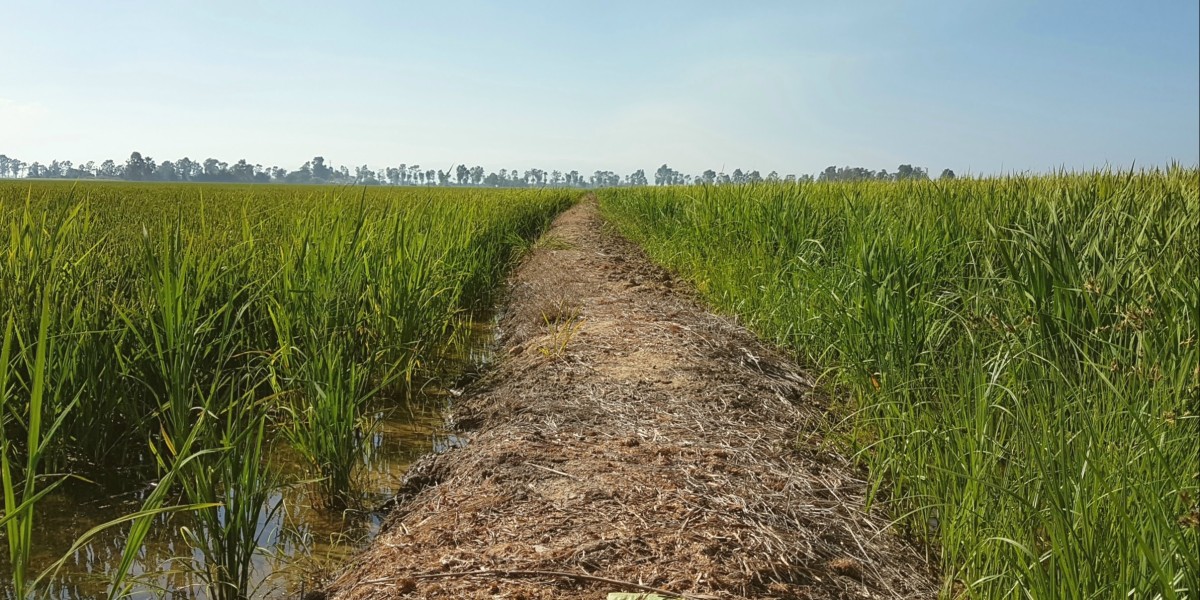
How to get there: car, train or bus
Getting to the Ebro Delta is easy since there are multiple transport options available. You can arrive by car, train or bus.
- Car: If you prefer the flexibility of travelling by car, the Ebro Delta is easily accessible by road. From Barcelona, it's about a two-hour drive on the motorway. Additionally, many scenic routes through the Ebro Delta offer stunning views.
- Train: The train is an excellent option if you prefer to relax and enjoy the scenery. You can take a train to L'Aldea-Amposta-Tortosa station, and from there, take a local bus.
- Bus: Several bus lines connect the Ebro Delta with various cities. For instance, from Barcelona, you can catch buses to Delta towns like Deltebre and Sant Jaume d'Enveja.
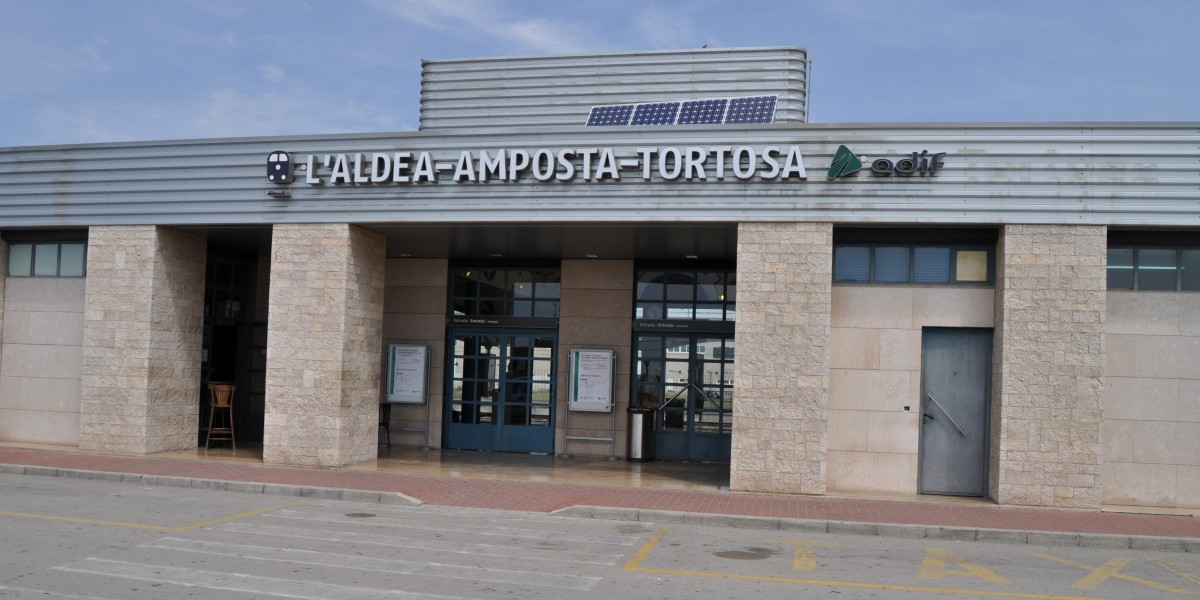
What is the best time to visit the Ebro Delta?
The best time to visit the Ebro Delta is in spring (April to June) and autumn (September to November), when temperatures are mild.
In summer, despite the heat, it's perfect for enjoying the beaches and water activities. Alternatively, winter is a great time to visit as there are fewer mosquitoes, and it's an ideal season for spotting flamingos.
Delta Surroundings: nature and tradition of towns
Exploring the surrounding area and the charming villages of the Ebro Delta will reveal towns and landscapes that beautifully complement the park’s natural beauty. Here are some nearby highlights to check out.
- Amposta: Regarded as the gateway to the Delta, this town is dominated by Amposta Castle, which provides stunning panoramic views of the River Ebro.
- Sant Carles de la Ràpita: A charming seaside village known for its fishing port, where you can enjoy fresh seafood and nautical activities.
- Parque Natural dels Ports: A mountainous area ideal for hiking and wildlife watching.
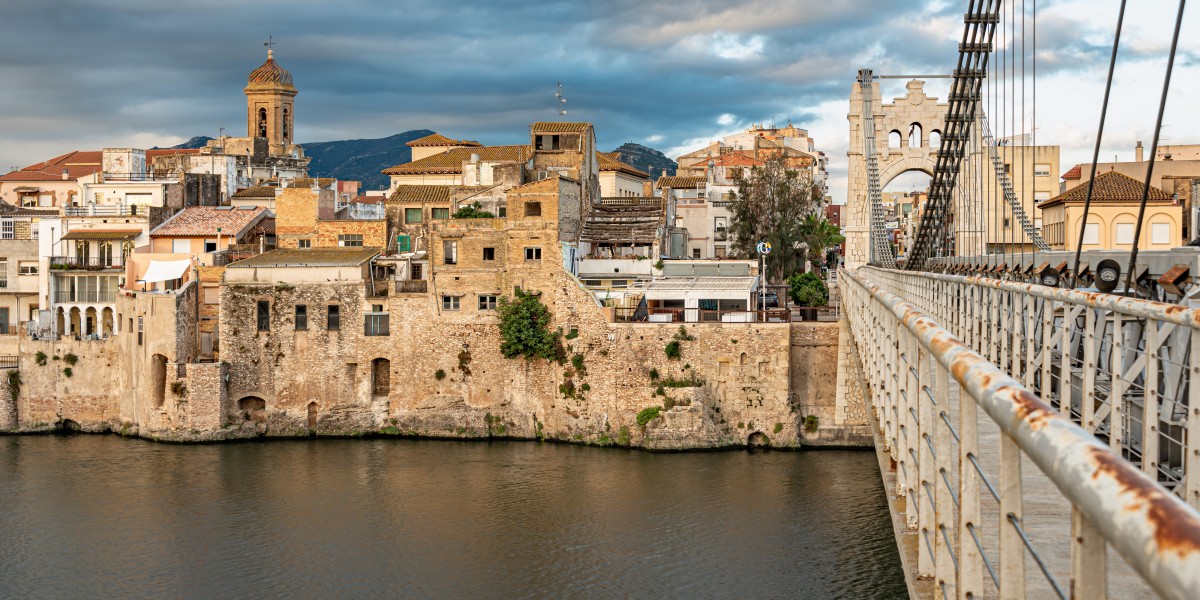
Living in the Ebro Delta
Living in the Ebro Delta immerses you in an environment where tranquillity and nature shape daily life. The lifestyle is predominantly rural and serene, centred around agriculture, particularly rice cultivation, and fishing.
Residents benefit from fresh, local produce, contributing to a rich and healthy diet. Those interested in outdoor activities have endless opportunities to explore the wetlands, engage in birdwatching, fishing, or simply enjoy the peaceful beaches.
If you live here, it's essential to contribute to environmental preservation due to issues in the Ebro Delta such as deltaic regression (retreat of the deltaic front), subsidence (sinking of the delta), and salinisation.
For those considering a move to the area, current options are available in Deltebre, the region's main town.
